Running an online store can quickly turn into a nightmare if you’re constantly facing stockouts or overflowing warehouses. But with smart inventory management, you’ll keep your customers satisfied and your business humming.
Imagine frustrated customers clicking “Add to Cart” only to find the item is out of stock. Or worse, picture your precious storage space clogged with products nobody’s buying.
Reliable inventory management software tracks your stock in real-time, so you always know exactly what you have on hand. Plus, it automates tedious tasks like reordering, freeing you up to focus on what matters most—scaling your e-commerce business.
Table of Contents
Features to look for in inventory management software
The best inventory management software worth considering
Future trends in inventory management software
Summary
Features to look for in inventory management software
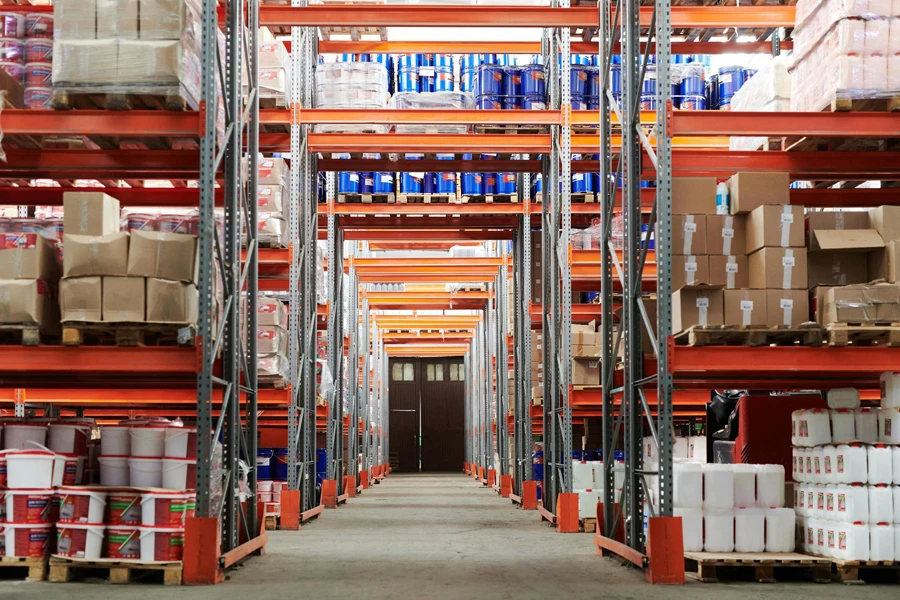
Here’s what should be on your checklist when scouting for a dependable inventory management tool:
1. Real-time inventory tracking
Forget dusty notebooks and frantic phone calls, as real-time inventory tracking lets you see everything, everywhere. This feature shows you exactly what’s in stock across all your selling platforms.
Your website, Etsy, even that friend’s garage you don’t use for storage—everything’s there. This means no more stockouts, guesswork, and disappointed customers.
2. Automated reordering
Say goodbye to last-minute scrambles for supplies, since automated reordering works more like your stockroom butler. You can set minimum stock levels so that when things dip below that magic number, the software automatically creates purchase orders for you.
3. Barcode scanning
It’s time to ditch the pen and embrace the scan. Barcode scanning lets you zip through tasks like receiving new stock, counting what you have on hand, and fulfilling orders with lightning speed and accuracy. Plus, it eliminates data entry errors while keeping your records clean, saving you tons of time and frustration.
4. Inventory forecasting
With inventory forecasting, you sort of get to see the future, as this feature analyzes past sales data and current trends to predict what you’ll need. You won’t get stuck with a warehouse full of unsold items.
5. Reporting and analytics
This is where you can see all the cool data about your inventory in one place. You can see what’s selling well, what’s collecting dust, and how quickly your stock is turning over. Such insights let you identify areas for improvement and make data-driven decisions about your inventory management.
6. Multi-channel sales management
Selling on your own website, Etsy, and maybe even Amazon? No problem! This feature keeps your inventory synchronized across all your sales channels. That means no matter where a customer buys from you, they’ll see accurate stock levels and avoid the frustration of trying to buy something that’s actually out of stock.
The best inventory management software worth considering
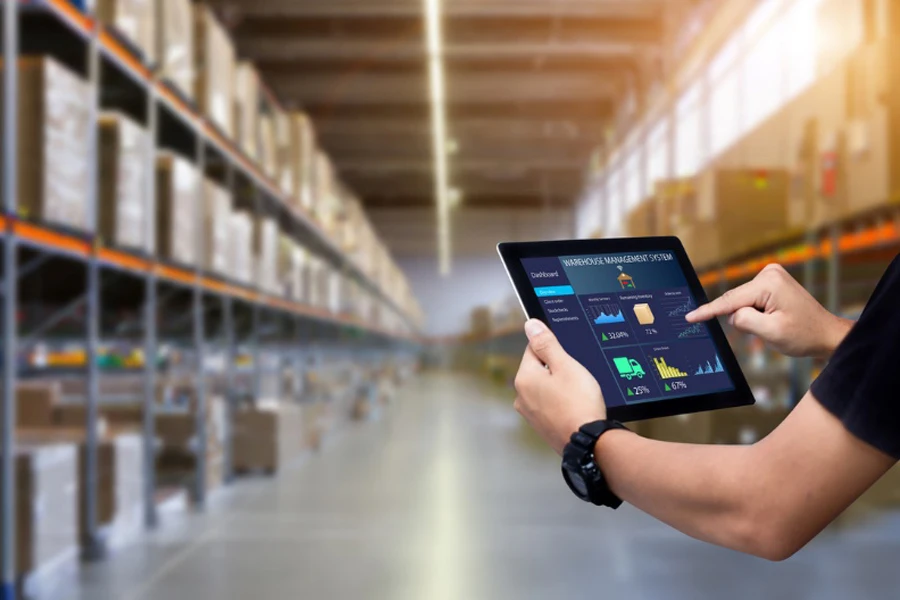
Here are some of the most reliable inventory management tools for retailers selling online:
ShipBob
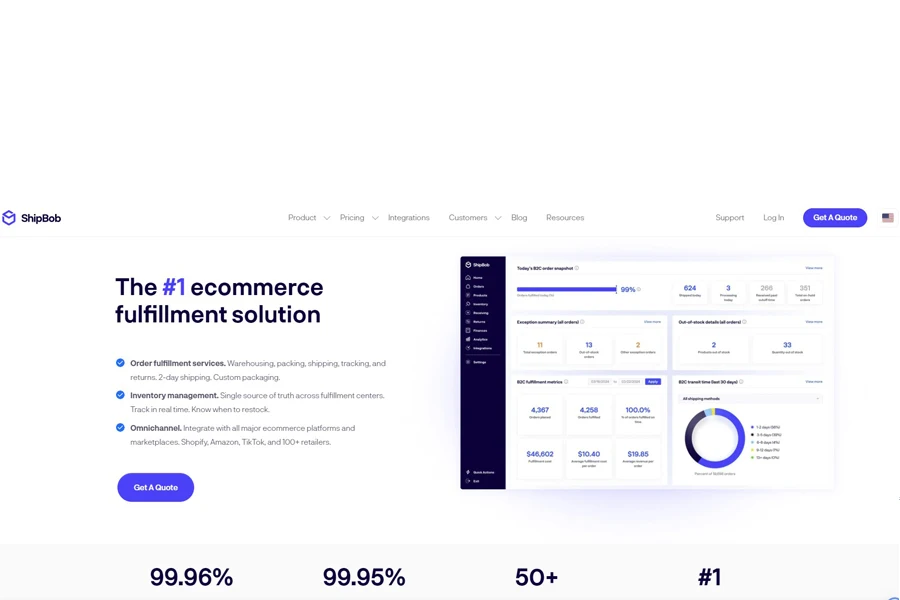
ShipBob is like your e-commerce sidekick, taking the nightmare out of order fulfillment for online businesses of all sizes. With ShipBob, you don’t have to worry about cramming all your inventory into one overflowing warehouse. They have a network of strategically placed fulfillment centers scattered across the US and Canada.
This means faster delivery times and happier customers who don’t have to wait forever for their stuff. Plus, their fancy algorithms predict what will sell where, so you always have the right products in the right place.
Speaking of keeping things organized, ShipBob’s user-friendly dashboard is a control center for your inventory. You can see exactly what you have in stock, track orders in real time, and even analyze your performance with detailed reports. No more panicking about mysterious inventory gaps or wondering where that package is headed.
ShipBob goes beyond just getting your products from point A to point B. They offer a bunch of extra perks, too, like putting together custom kits and bundles, processing returns (because, let’s face it, they happen), and even helping you with subscription box fulfillment.
ShipStation
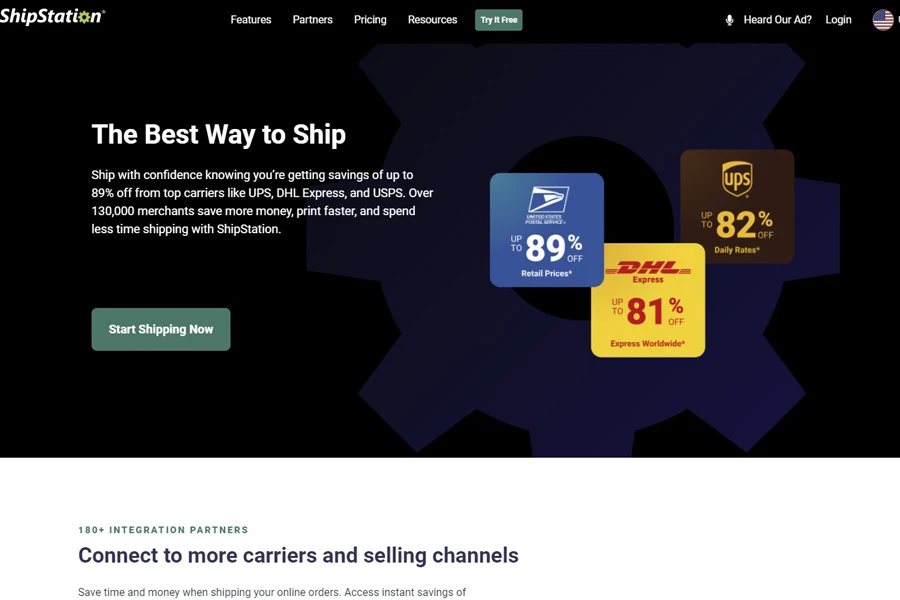
ShipStation works with tons of platforms, from Shopify to Etsy, as well as all the big carriers like UPS and FedEx. Think of it as your universal shipping adapter—everything plugs in and plays nicely together. You won’t have to jump between different dashboards, as ShipStation lets you see and manage all your orders in one place, saving you lots of time and frustration.
The best part about ShipStation is that it automates a bunch of the boring stuff. Things like printing fancy shipping labels, processing orders in a flash, and even batching things together for extra efficiency won’t feel cumbersome anymore.
In turn, you can focus on the fun stuff, like creating awesome products and connecting with customers. ShipStation allows you to see what’s working and what’s not and identify areas for improvement in real-time.
Now, no software is perfect. Some users mention occasional glitches and a bit of a learning curve for the more advanced features. Customer support can be a mixed bag—some rave about their responsiveness, while others have experienced slower response times.
Zoho Inventory
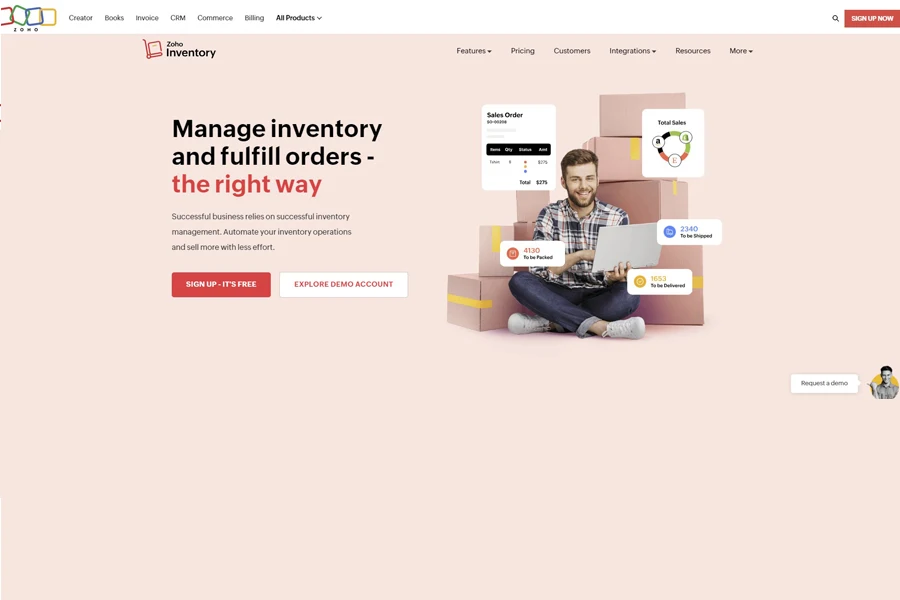
Zoho Inventory is your go-to management tool for all things stockroom. It makes tracking your inventory, managing orders, and optimizing your supply chain painless in several ways.
The magic lies in Zoho’s seamless integration with your favorite sales channels, from online stores to marketplaces and point-of-sale systems. This way, you’ll ensure your stock levels are always accurate across everything, eliminating the need for frantic manual updates.
Plus, Zoho automates repetitive tasks like order routing and fulfillment, saving you tons of time and those pesky human errors. Its insightful reports and customizable dashboard help you see what’s selling and what’s collecting dust, keeping your stockroom lean and profits growing.
If you’re looking to take your business global, Zoho handles invoices and multiple currencies, making cross-border transactions seamless. And if you ever get stuck, Zoho has a massive knowledge base, user guides, and a customer support team that actually answers your questions.
Future trends in inventory management software

Here’s what the future of inventory management software has in store for e-commerce businesses:
AI and machine learning integrations
AI and machine learning will be more like your inventory mind reader. Imagine a super-powered assistant who can analyze mountains of data and predict what your customers will want before they even know it themselves.
That’s basically what AI and machine learning bring to the table. They crunch the numbers, sniff out trends you might miss, and even forecast future demand so you don’t get stuck with an overflowing warehouse or, even worse, stockout scares.
Blockchain for supply chain transparency
Blockchain can help find exactly where that fancy new gadget came from. It’s more like a super-secure digital record book that tracks your inventory every step of the way.
With blockchain technology as a feature in inventory management software, there will be no more shady stuff—everything will be transparent and tamper-proof. Notably, this is pretty useful for industries like food and medicine, where trust and traceability are crucial.
Internet of Things (IoT) and smart warehousing
A warehouse that practically runs itself is what you need to scale your business. IoT devices are like tiny spies, monitoring everything from stock levels to temperature.
If, for instance, you’re running low on a hot-selling item, smart shelves will give you a heads-up. In other words, IoT cuts down on errors, keeps things efficient, and lets you focus on the bigger picture.
Real-time data analytics and dashboarding
No more waiting around for reports—real-time data gives you an instant snapshot of your inventory health. Think of it as a control center for your stockroom.
Interactive dashboards show you everything, from sales trends to how fast your stock is moving. This lets you spot potential issues early on and adjust before things snowball.
Summary
Inventory management tools track your stock live, so no more scrambling for that hot new gadget everyone wants. Plus, they auto-reorder when you’re low, keeping customers happy.
The future’s even brighter! Imagine AI predicting demand or blockchain tracking your products for ultimate transparency. It’s time to ditch the stress and focus on what you love—building your amazing store! These tools have your back, keeping customers happy and your business thriving.




